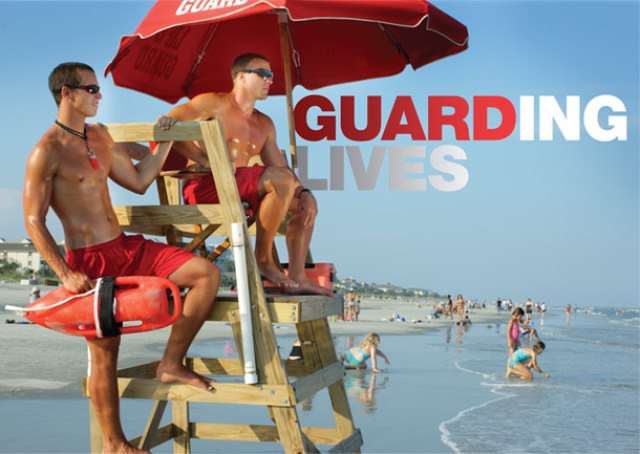A lifeguard is a rescuer who supervises the safety and rescue of swimmers, surfers, and other water sports participants such as in a swimming pools, water parks, beach, spa, river and lake. Lifeguards are trained in swimming and CPR/AED first aid, certified in water rescue using a variety of aids and equipment depending on requirements of their particular venue. In some areas, lifeguards are part of the emergency services system to incidents and in some communities, lifeguards may function as the primary EMS provider.
A lifeguard is responsible for the safety of people in an area of water, and usually a defined area immediately surrounding or adjacent to it, such as a beach next to an ocean or lake. The priority is to ensure no harm comes to users of the area for which they are responsible. Lifeguards often take on this responsibility upon employment, although they can also be volunteers.
Lifeguards have a primary duty to supervise their responsibility area. To achieve this the lifeguard needs an optimum position to observe the public. This is often best achieved from an elevated position, which can be a chair, platform or the roof of a vehicle. This allows them maximum visibility over their supervised area and may facilitate communication between them and their team.
Some lifeguard teams use portable platforms or chairs which can be moved to the most appropriate position. This can take account of changes such as a specific activity taking place, prevailing wind direction or simply enable lifeguards to move closer to the water if the tide goes out on a beach.

